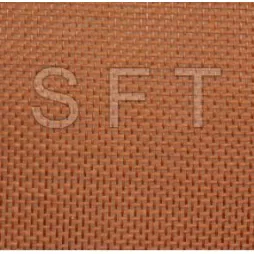Bulge ≠ tire replacement? The tire cord is crying out for help!
Oct. 15, 2025
As you drive, have you ever wondered what silently withstands the impact of the road and high-speed friction? The tire's seemingly ordinary tire cord is actually an invisible armor that ensures driving safety. Today, we'll peel back this protective veil and learn how the carcass cord protects every ride.
1. Carcass Cord: The Skeleton of the Tire
Carcass cord is a composite of high-strength fibers and rubber. Its core function is to serve as the tire's skeleton, fulfilling three key roles:
Mechanical Support: Through a network of interwoven fibers (dense warp and sparse weft), it distributes pressure. A single cord can withstand a tensile force of 15 kg, and approximately 1,400 cords work together throughout the tire.
Power Transmission: Efficiently transmits engine traction and braking force to the ground, ensuring vehicle handling stability.
Impact Protection: Cushions road bumps and prevents fatigue cracking in the rubber layer due to high-frequency vibration.
II. Material Evolution: Technological Breakthroughs from Nylon to Aramid
Different fibers impart distinct tire properties:
Nylon: Excellent impact resistance, but poor heat resistance, primarily used in agricultural tires;

Polyester: High modulus and low shrinkage, suitable for radial tires, but susceptible to aminolysis at high temperatures;
Aramid: Six times stronger than steel wire, used in high-performance tires, but expensive;
Steel cord: Highly abrasion-resistant, but highly rigid and susceptible to chassis damage. Modern tires balance performance and cost through fiber blending (such as aramid/nylon composites).
III. Safety Alerts: Identifying and Addressing Cord Fabric Damage
Cord fabric damage may occur when:
Sidewall bulge: Internal fractures causing bulges in the rubber layer;
White fiber exposure: A wound ≥3 mm deep, with visible cord;
Abnormal vibration: Continuous shaking or unusual noise while driving. Note: Cord fabric damage is irreparable and the tire must be replaced immediately.
49
0
0

Comments
All Comments (0)